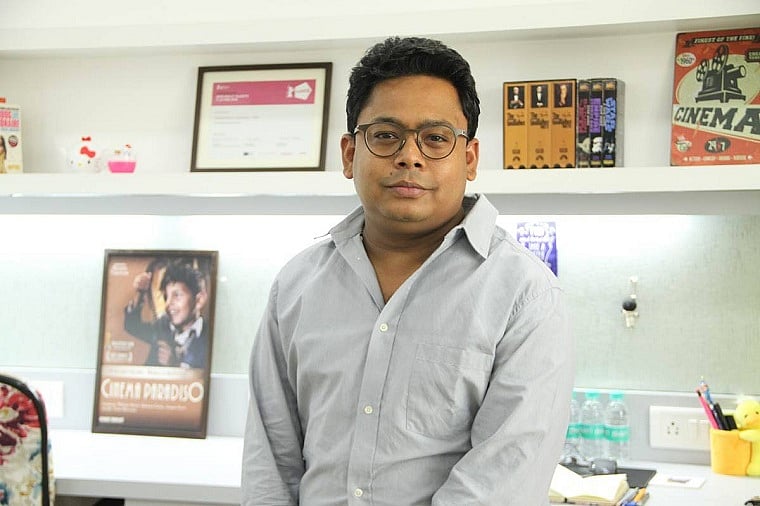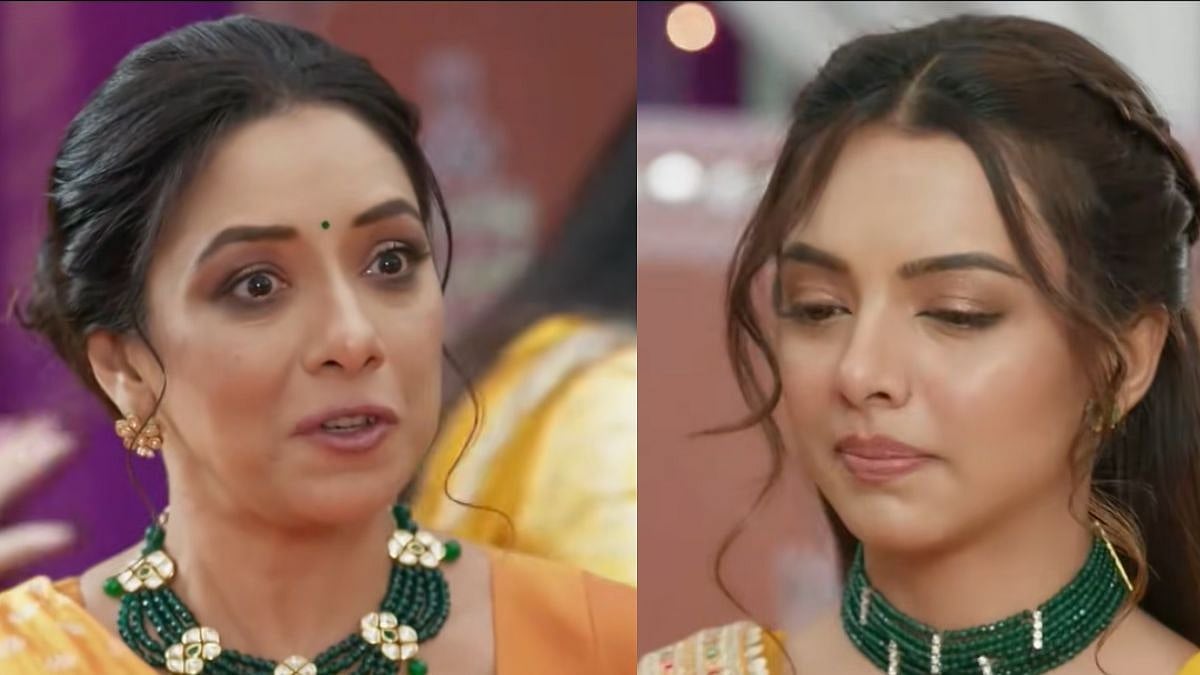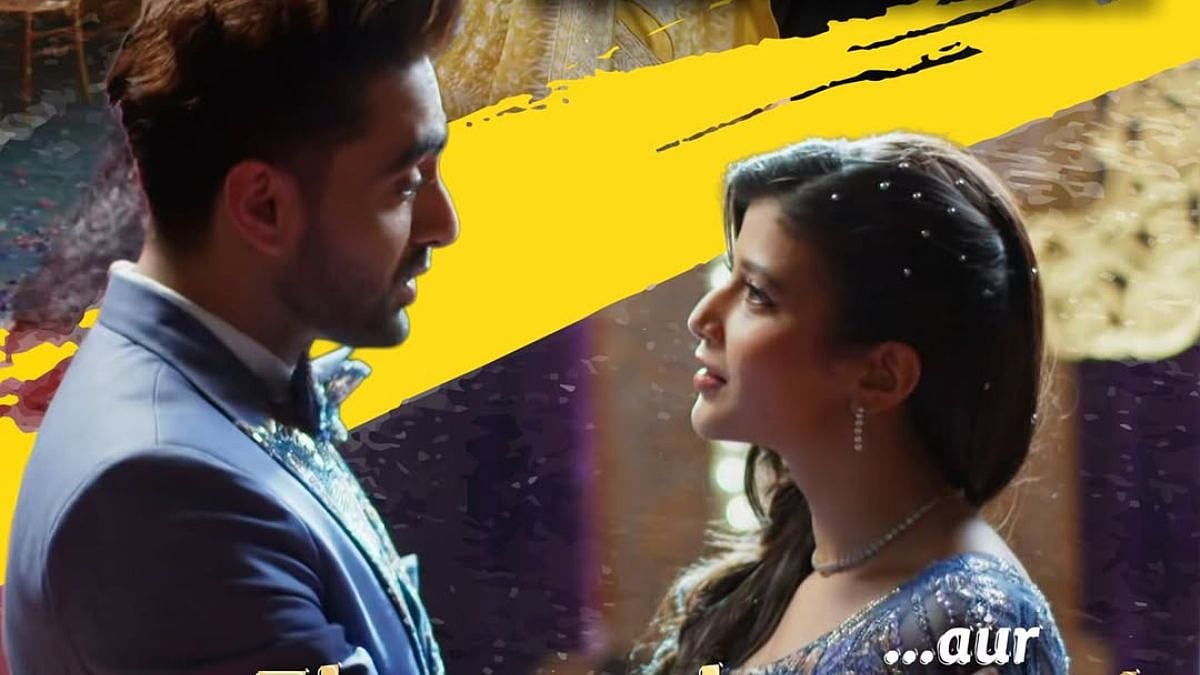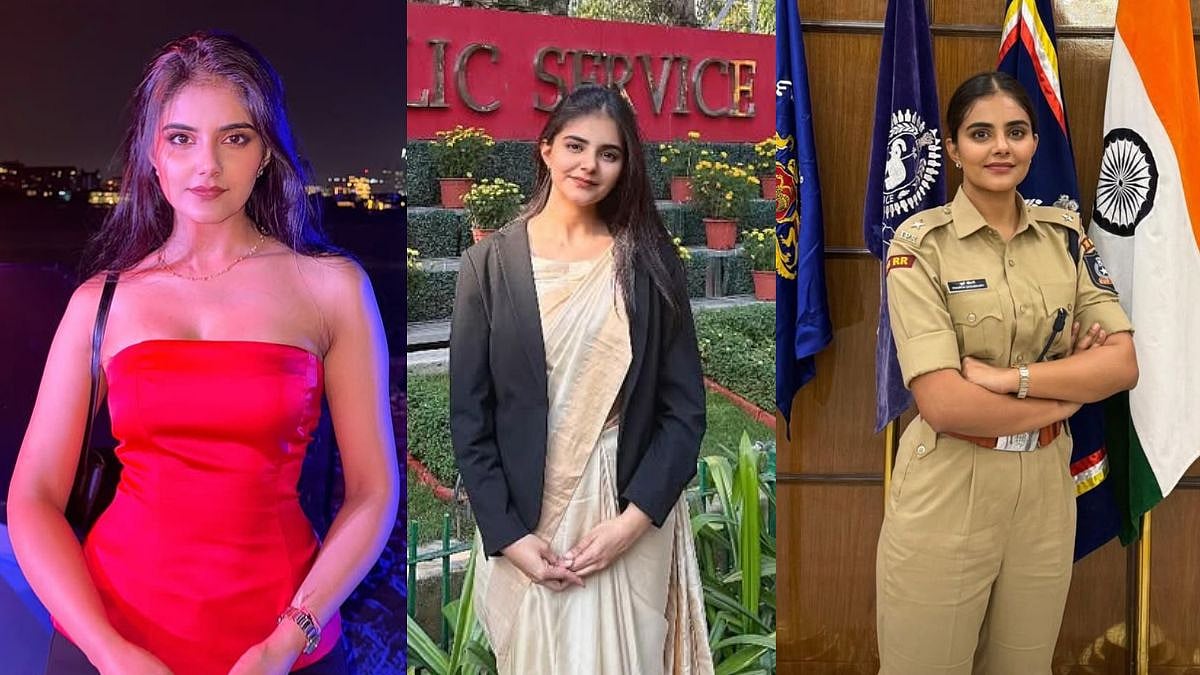To the uninitiated, the word Picasso would seem like a juxtaposition as a title for a film that talks about a rural art form based on dance drama. Yet the film has managed to cross all barriers of language and gather a whopping number of admirers all over the world. At the recently concluded National Film Awards, Picasso got a special mention along with two other feature films. The subject deals with the Dashavatara art form and is centred around a child who aspires to be a painter, while his father struggles to make ends meet as a Dashavatara artiste in rural Maharashtra.
Produced by Shiladitya Bora under the banner of Platoon One Films and Everest Entertainment, Picasso is directed and written by Abhijeet Mohan Warang. The film is streaming on Amazon Prime Video, and stars renowned Marathi actor Prasad Oak, child actor Samay Sanjeev Tambe and Ashwini Mukadam in lead roles. Picasso incidentally also had its fair share of appreciation and awards at the 10th Jagran Film Festival 2019 in Mumbai and the Seventh Bramhaputra Valley Film Festival 2019 in Gauhati, Assam. Samay Tambe was also nominated for Best Child Artiste at Sakal Premier Awards 2019 in the Marathi film industry. Producer Shiladitya Bora talks about his film and the challenges he faced. Excerpts:
Tell is about the art form Dashavatar. What exactly is it?
Dashavatar is a rural form of theatre much like jatra in Bengal. It is popular in Maharashtra and North Goa districts. The film has been shot in Konkan. It is mainly performed in talukas such as Pernem, Bardez, Bicholim and Sattari. It is practised by agriculturists or farmers in the Sindhudurg district of the South Konkan region of Maharashtra as well. It was initially popularised in the Konkan by a Brahmin named Gore from Kavthe area in the Sindhudurg district. Today, it has come to be looked upon as an art requiring the highest levels of creativity in seemingly ordinary men. Apart from the lead actors, all the other performers are real Dashavatar artistes in the film.
Dashavatar is a staple form of theatre with a history of 800 years. The term Dashavatar refers to the ten incarnations of Lord Vishnu, the Hindu God of preservation. It is performed without any technical props during the annual festival of the village deity in the temple premises after midnight. Each character enters the stage from behind a curtain held by two persons. The Dashavatar performance comprises of two sessions: the poorva-ranga (the initial session) and the uttar-ranga (the latter session).
The poorva-ranga is the preliminary presentation and in this story is about the killing of the demon Shankhasur. This act also includes the characters of Lord Ganesha, Riddhi, Siddhi, a Brahmin, Sharada (the goddess of learning), Brahmadev and Lord Vishnu. The uttar-ranga, known as akhyan is considered to be the main performance based on Hindu mythological tales, highlighting one of the ten incarnations of Lord Vishnu.
The film also talks about the plight of Picasso, the painter who had a passion for his art, but his parents thought that he was staring at inevitable poverty. Should he choose passion over livelihood? My film is also about an artiste’s dilemma, how life forces him to concentrate on menial work, while all he would want to do is stay close to his art.
The performance uses bright make-up and costumes. It is accompanied by three musical instruments — a paddle harmonium, the tabla and the zanj (cymbals).
How was the experience of shooting with real folk artistes?
Shooting with real folk artistes is a blessing in many ways for the art form, but there is also a flip side to the coin. Since they are performers themselves and have no idea how a shoot takes place, continuity tends to become a huge problem. They only wanted to do long shots and finish it at one go. So, whenever we continued with a shot, they found it exceedingly difficult to get back to earlier postures. But somehow, we managed to explain it to them, and they did a fantastic job at the end of it all.
But why Picasso... an English title for a Marathi film?
That is because the film also talks about the plight of Picasso, the painter who had a passion for his art, but his parents thought that he was staring at inevitable poverty. Should he choose passion over livelihood? My film is also about an artiste’s dilemma, how life forces him to concentrate on menial work, while all he would want to do is stay close to his art.










